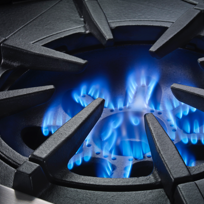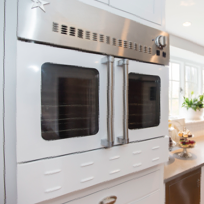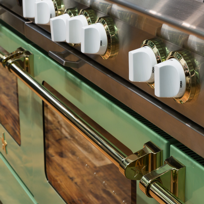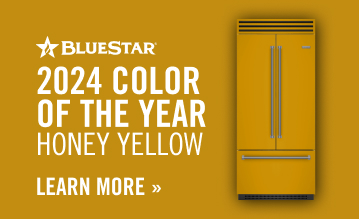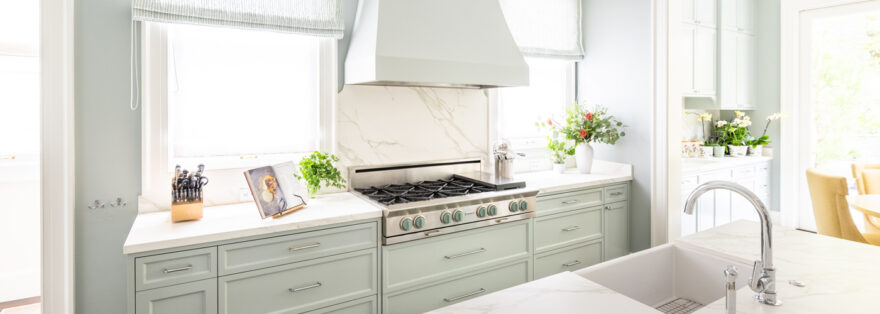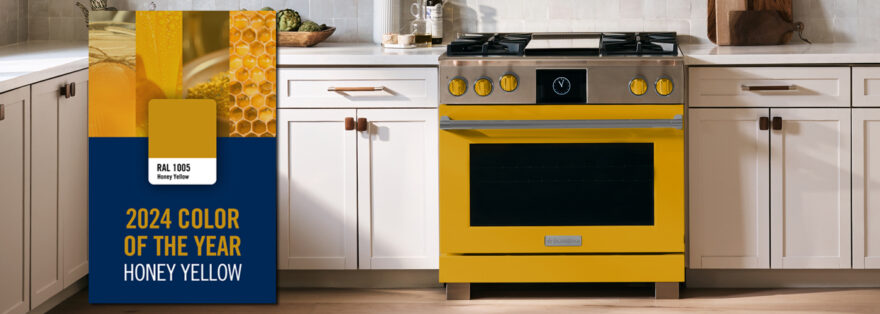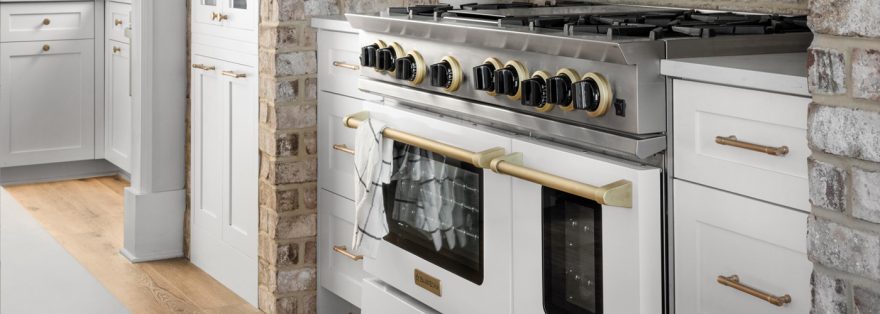Whether you choose a showstopper or one that’s virtually invisible, a range hood is essential. Otherwise, you’ll be smelling that fish for days.
Every range hood vacuums up steam, smoke and odors from the kitchen. But when it comes to style, designs vary widely: Some are kitchen-defining statement pieces, while others almost disappear.
“Oftentimes, the inclination is to have some beautiful sculptural element over the cooktop,” said Melissa Baker, who founded the New York-based architecture firm Pulltab with Jon Handley. “But we usually try to hide them instead.”
One of the firm’s favorite approaches is to install a slide-out hood that is mostly concealed in a cabinet above the range, with a retractable shield that extends while you’re cooking. But for homeowners who prefer the look of a professional chef’s kitchen, Pulltab sometimes specifies big stainless-steel models that look as if they were pulled out of a restaurant.
Regardless of your preference, the most important part of owning a range hood is remembering to use it.
“If you don’t have extraction,” Mr. Handley said, “the apartment will still smell like fish for two days.”
-
Will your hood vent to the outside or recirculate air through a filter? An exterior vent is better, Ms. Baker said, but not always possible, especially in apartments. Many hoods can function either way, but may require a conversion kit.
-
Does it provide the right light? The light from a hood should be bright enough to illuminate saucepans and have a color temperature similar to that of your under-cabinet lights. “You really don’t want terrible lighting above the range,” Ms. Baker said.
- How wide should it be? At least as wide as the range, she said, but for peak performance, some manufacturers recommend choosing one that is at least three inches wider on each side.
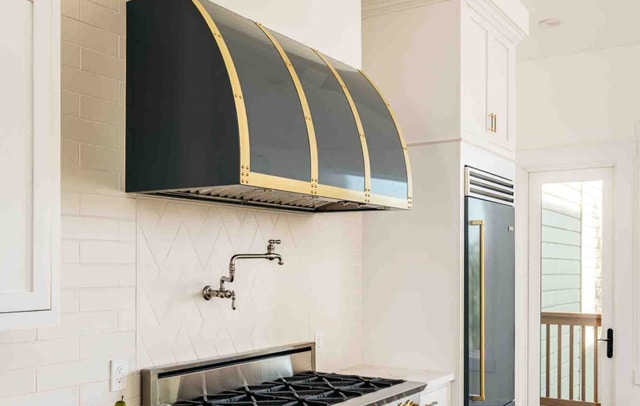
Abbaka Atlas
Professional-style hood available in a range of colors




